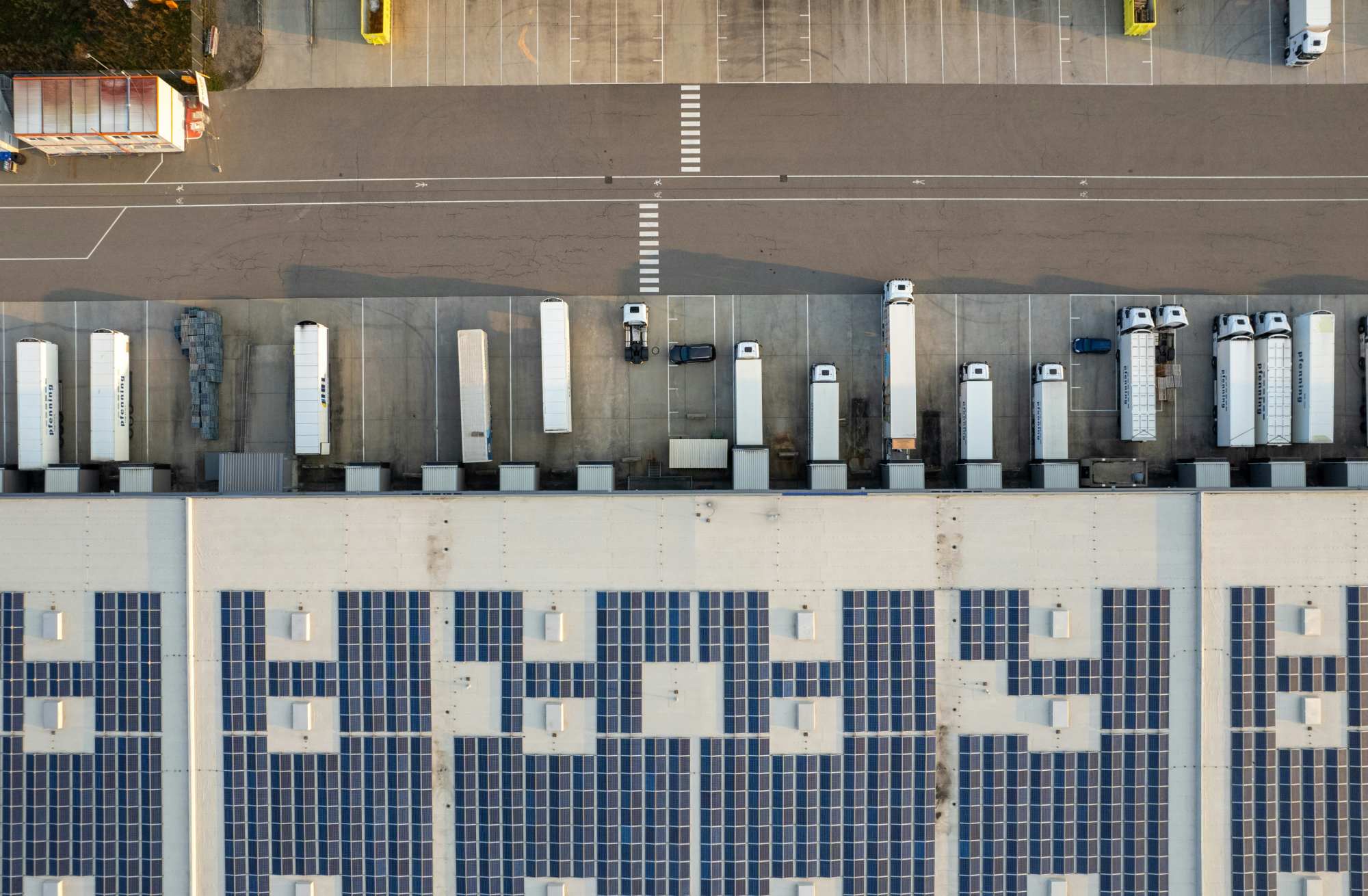Ofrex anchors sustainability in the supply chain through clear standards, risk-based onboarding, reliable product data (materials, certificates, packaging), joint improvement programs, and transparent KPIs. We address deviations with a structured four-step process – from early warning to transparent communication.
Why the supply chain is the lever
Most of the ecological and social impact occurs upstream – in material selection, production, and packaging. By steering here in a targeted way, we improve quality, availability, and sustainability at the same time. That is why Ofrex integrates procurement, product data, logistics, and partner development into a continuous improvement process.
Our standard: clear requirements, fairly implemented
We work with long-term, audited suppliers and communicate expectations openly. These include: legal compliance, prohibition of child and forced labor, occupational safety and health protection, resource protection, anti-corruption, data protection, and transparent product compliance. Depending on the product group, we require evidence such as FSC/PEFC, other environmental and quality labels, or legally relevant conformity certificates. Sustainability is part of performance evaluation – not just an extra chapter.
Due diligence: risk-based, pragmatic, effective
Onboarding. We record the status of labor and environmental standards, product certificates, material information, and packaging through self-disclosure and document review.
Risk management. The depth of review and follow-up steps depend on origin, material risks, product group, and performance.
Verification. Where appropriate, we supplement self-disclosure with evidence or external audits.
Updating. Information is updated regularly; changes in the supply chain or product are reported promptly.
Product and packaging data: the basis for good decisions
For buyers to make more sustainable choices, we need structured, comparable data. We ask partners to provide information on:
- Material composition, recycled and bio-based content
- Durability, repairability, refill and spare part systems
- Origin of relevant components (where appropriate)
- Packaging type, volume, and recycled content
- Available certificates and test reports
This information flows into our assortment labeling, filters (e.g. “recycled,” “refillable,” “certified”), and internal evaluations. For climate-related assessments, we follow the GHG framework; data depth is expanded step by step.
Collaboration instead of control: improving together
We focus on supplier development with clear goals: reduce packaging, increase recycled content, improve logistics consolidation, and establish take-back and second-life models. Where gaps exist, we agree on Corrective & Preventive Actions (CAPA) with deadlines, milestones, and responsibilities. We actively share best practices – what works in one product group, we scale to others.
Handling deviations: structured and transparent
For deviations, we rely on a clear four-step process and work with defined tolerance ranges (e.g. > 5% deviation or two consecutive months of negative trend): Early warning – In the quarterly review we identify KPI drifts, assess significance (trend vs. outlier), and check whether data is complete and timely. Cause – We classify the deviation systematically (data quality, methodology/system boundaries, process errors, external effects), use root-cause methods such as 5-Why/Fishbone, and verify emission factors as well as assumptions. Countermeasures – We define a CAPA package with clear responsibilities, deadlines, interim milestones, and expected KPI impact; if necessary, we adjust target paths, resources, or processes and implement tighter monitoring intervals as well as escalation for critical KPIs. Transparency – We document decisions and effects in a traceable way, mark retroactive data corrections, and communicate results including learnings, good practices, and any methodological adjustments in the next CSR update.
Closed loop with partners: from pilot to standard process
Together with manufacturers and logistics partners, we advance closed loops: take-back programs for suitable product groups (e.g. toner, batteries, durable work equipment), verified second-life processes with clear condition classes, as well as reusable and optimized packaging. The goal is to transfer successful pilots into standard processes – so that resource conservation works in everyday life.
KPIs & roadmap in the supply chain
We measure progress and anchor accountability. Below are our key figures:
- Procurement volume signed under Supplier Code of Conduct (%)
- Share of suppliers with CO₂ inventory or reduction targets (%)
- Verification rate of relevant certificates per product group (%)
- Packaging reduction per SKU / recycled content in packaging (%)
- Take-back volume and second-life rate (units/% per product group)
- Update rate of supplier data (%/year)
Review cycles: Annual supplier evaluation; quarterly KPI reviews; semi-annual improvement dialogues with key partners.
Embedding: The supply chain KPIs are linked to our ISO 14001 framework and contribute to the overall CO₂ balance according to the GHG Protocol, which we update annually.



